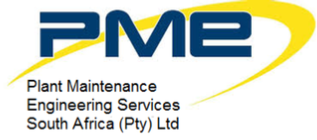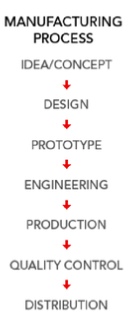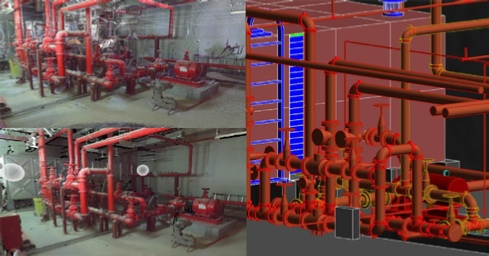




3D Scanning -
Who can benefit from 3D Scanning
The quick answer is anyone in manufacturing, engineering, design, development, surveying or testing. 3D scanning technology can be applied at any point in a typical manufacturing cycle, saving time, money and material. 3D scanning results in higher quality, better fitting parts that are less costly to manufacture. The cost of a typical manufacturing design cycle is reduced by 75% by utilizing 3D scanning. The illustration below outlines a typical manufacturing product cycle.
Idea / Concept Phase
Use physical objects to conceptualise the idea; this is typically done by an industrial designer in clay lead design or foam lead design. 3D scanning can also be applied at the idea concept phase by digitising objects, then using them as renderings in concept illustrations.
Design
3D scanning can be applied at the design phase by starting with a physical object and using it to design a CAD model. Oftentimes, designers need to design around or fit their design to existing objects. These mating parts can also be scanned and incorporated into the design, resulting in parts that fit better on a consistent basis. The process of using an existing manufactured part to create a CAD model is often referred to as reverse engineering or reverse modelling. By utilizing reverse engineering, new designs can incorporate and improve upon engineering optimizations already inherent to the manufactured part.
Prototype
3D scanning can be applied at the prototype phase in many ways; the most common is actually to reduce the number of prototype design cycles necessary. A part designed using 3D scan data often only requires one or no prototypes since it is designed utilizing precise measurements of the physical world. 3D scanning can also be used in combination with prototyping to scale physical objects.
Engineering
By using 3D scan data, a physical object can be translated directly to the engineering phase of a project and moved on from there. 3D scan data is often used to perform CFD, CAE, FEA and other engineering analysis on objects that have been manufactured and then physically modified.
Production
3D scanning can be used to capture changes to tooling or parts that occur on the shop floor. Tooling is often "hand tuned" to achieve the final desired look and finish of a part. Using 3D scanning, hand modifications and optimizations can be transferred from tool to tool to ensure all manufactured parts match after production. 3D scanning can also be used to analyse and characterize tool wear during production, and if used correctly, to predict or eliminate tool failure. In the event of tool failure, 3D scan data can be used to recreate the optimised part.








Quality Control
3D Scanning is used to analyse the "as-
Distribution
Vision systems are commonly used in shipping and distribution centers to track and sort packages. 3D scanning is also used before and after shipping to certify product integrity during transport. 3D scanning is used in packaging as a reliable means of increasing packing density and is also used to quickly create casing and support structures.
3D Scanning Advantages
- Quickly capture all of the physical measurements of any physical object
- Save time in design work
- Ensure parts will fit together on the first try
- Capture engineering optimizations inherent in manufactured parts
- Utilize modern manufacturing on parts that were originally manufactured before CAD
- Compare "as-
designed" model to "as- built" condition of manufactured parts